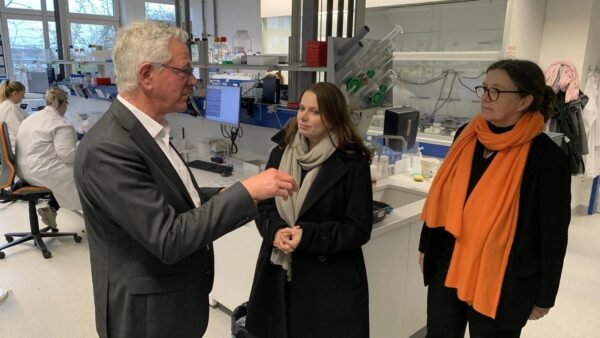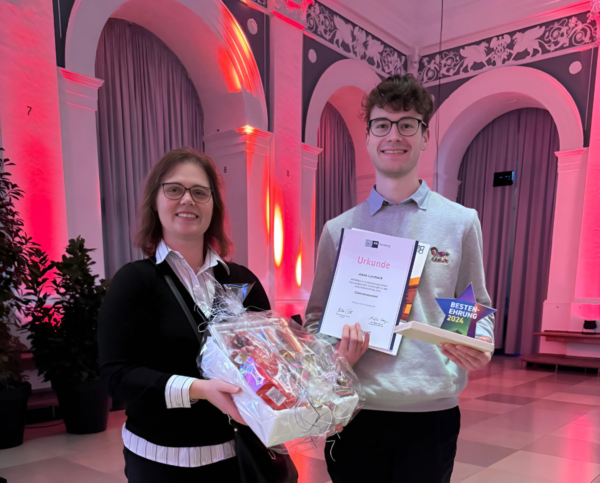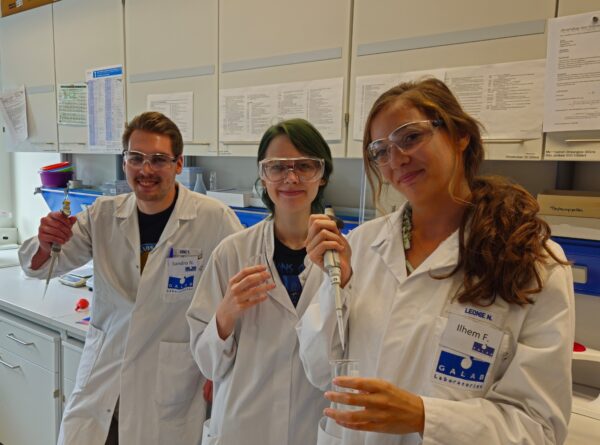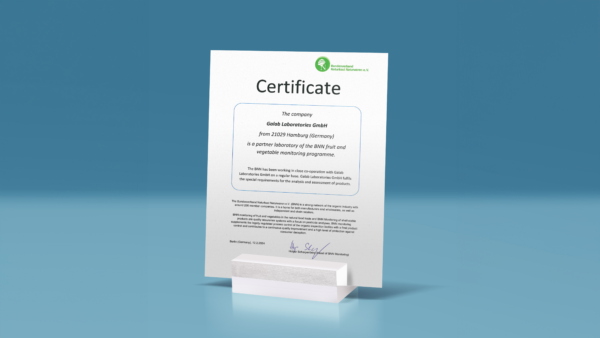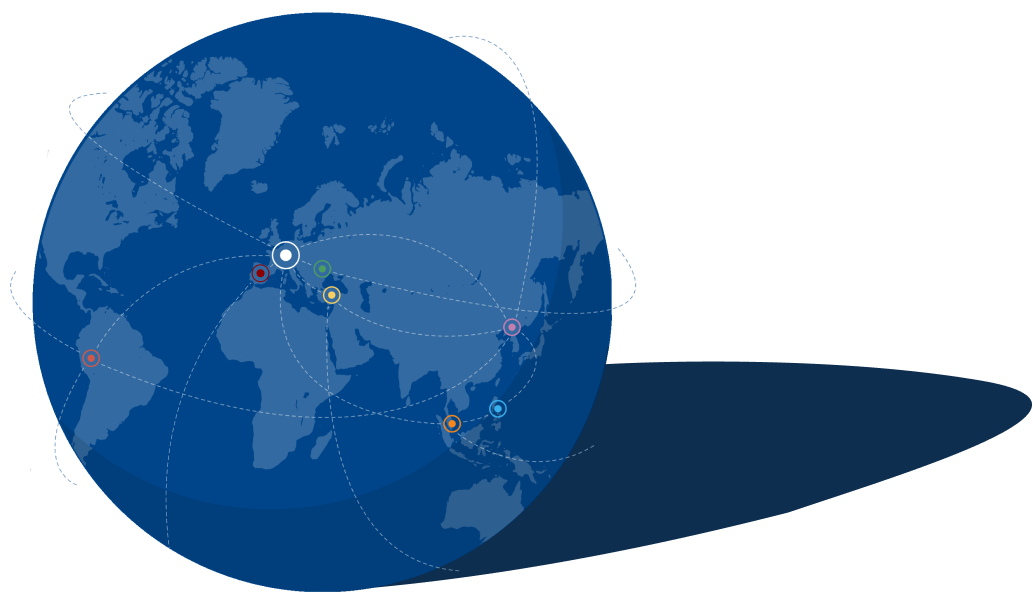Our path to even more solar energy is paved

A Decade-Long Journey
As we reported in a previous blog post, we have been working for about ten years to install solar cells on our roof to promote sustainable energy. We already generate solar energy from the roof of our outside storage building and would like to increase this capacity to reduce our dependence on electricity from fossil fuels.
However, due to restrictive zoning regulations in the region where we are located, implementing this project has proven challenging. Nearly ten years ago, two breeding pairs of the endangered “Little ringed plover” were spotted on the grounds of the current “Energie-Campus” technology center. As a result, a zoning plan was established that required gravel beds on the roofs of the “Energie-Campus” buildings to provide nesting sites for the birds. Our laboratory also has such a gravel bed on the roof. Unfortunately, in the approximately 10 years since the zoning plan was put in place, no Little ringed plover has been observed on the premises. We would be delighted to host one of these endangered birds, but the bird has not accepted the offer of a nesting site on the “Energie-Campus”.
We would now like to use our roof for other sustainability projects, such as expanding our solar installations. However, the existing zoning plan does not currently allow for photovoltaic panels to be installed on the gravel surface.
A Green Light
Finally, our years of effort have paid off. Last week, we received encouraging news from the Bergedorf district office:
After reviewing the situation within the zoning area, the district office and the Hamburg Environmental Authority concluded that the designated replacement habitats on the gravel roofs do not have the necessary effectiveness, and there are sufficient alternative areas for Little ringed plovers in the vicinity. This paves the way for applying for exceptions to construct photovoltaic systems: “The provisions of the zoning plan remain unchanged. However, from now on, every application for photovoltaics on the roofs of the Research and Innovation Park will be positively approved as an exception,” said district spokeswoman Gabriele Günter in response to an enquiry from the “Bergedorfer Zeitung”.
However, there is a condition: The Environmental Authority has stipulated that the gravel roofs, as part of the exemption, must be transformed into green roofs to improve the urban climate and serve as rainwater sponges.
Looking Forward
We are very pleased with the results from the district office and the BUKEA (Ministry for the Environment, Climate, Energy and Agriculture of the city of Hamburg). We can’t wait to begin construction of the solar installation on our roof. These results combine the protection of flora and fauna with the development of environmentally friendly energy generation. We will start the project immediately, evaluate the situation, and engage with the relevant stakeholders on how to create a green roof on our building, paving the way for solar panels on our roof.
We will keep you updated on the GALAB solar cell project on our roof through our website as soon as the project gets underway.
Overall, the result is a great step for sustainability!
Parameters & Analytical Methods
-
State-of-the-Art Analysis
We constantly update our spectrum of parameters to the latest developments in the food analysis sector and offer state-of-the-art analytical methods for the safety of your products.
-
Comprehensive multi-methods
We are constantly expanding our range of services in order to be able to guarantee you a comprehensive range of analyses. We offer multi-methods for mycotoxins, dioxin analysis or molecular biological analysis for GMOs and allergens. The GALAB Pesticide500Plus® multi-method can even be used for difficult matrices such as spices and herbs.
-
Constant development
If you cannot find the parameter/analysis you are looking for here, please do not hesitate to contact us. Our research and development department implements your requirements and specifications cost-efficiently and with a high quality standard.
-
Quality Policy
GALAB Laboratories has implemented a quality management system to allow for optimum service for their customers. It is our goal to establish close relations to customers by customer satisfaction. Therefor quick reactions to customers’ specific needs as well as considerations for quality demands of the market are necessary. We strive to provide comprehensive and professional advice to our customers. Learn more
Get in touch, we will help you.


